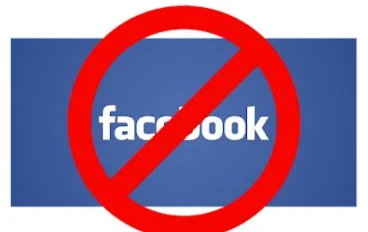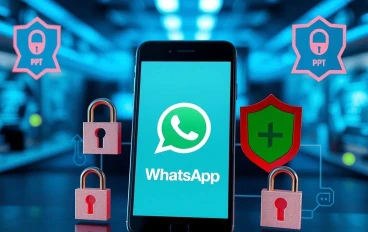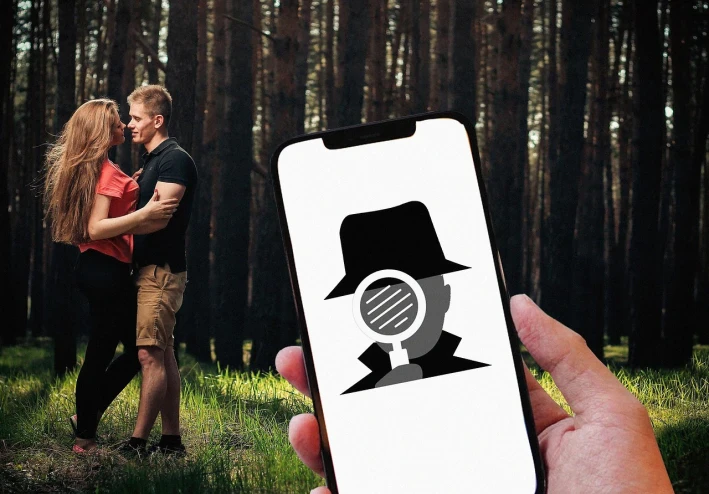
Protect yourself from the most dangerous spy apps in the world
The Most Dangerous Spyware Apps
In today’s digital era, smartphones have become our constant companions, storing personal data, financial details, conversations, and even our location history. Unfortunately, this makes them prime targets for spyware applications—programs designed to secretly monitor user activity, steal information, or even control devices remotely. This article explores the most dangerous spyware apps, their risks, signs of infection, and essential prevention methods to protect your privacy and data.
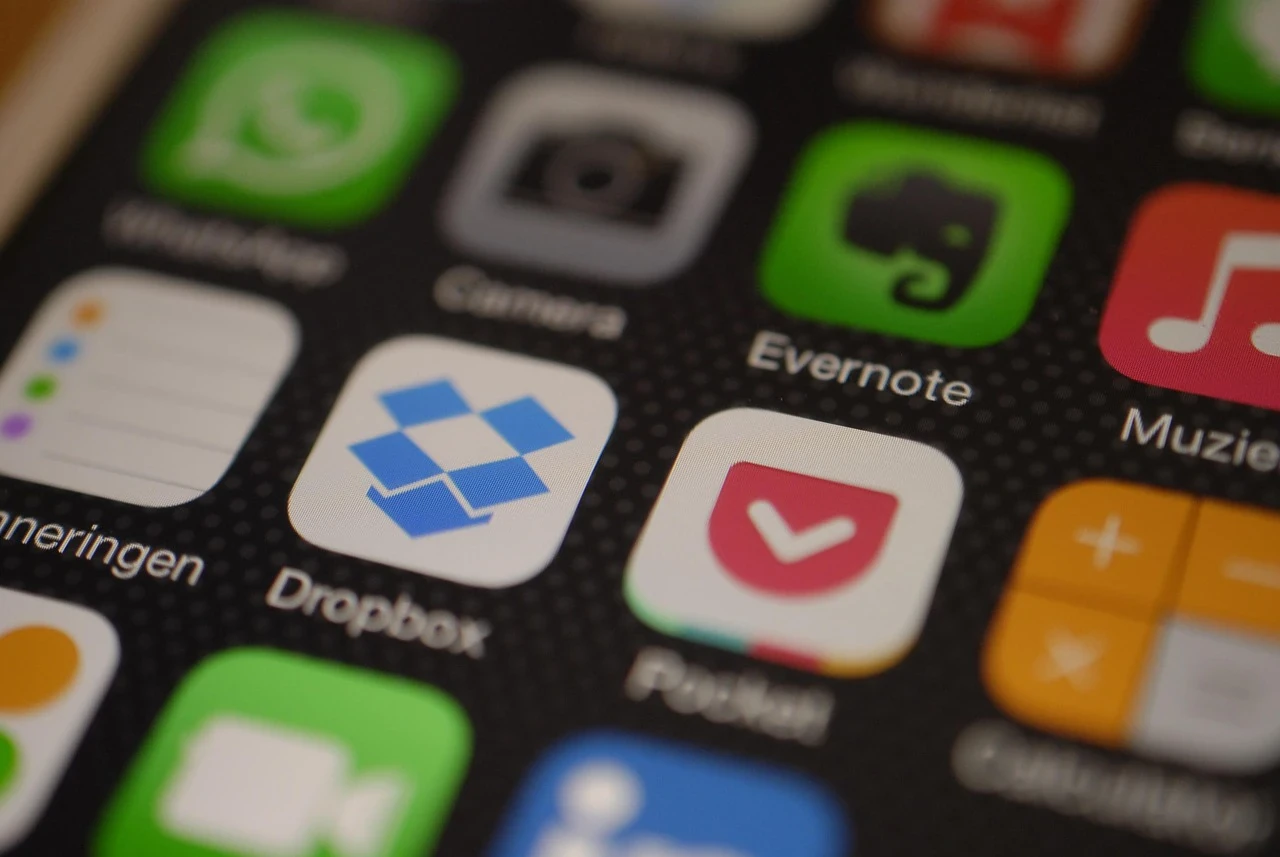
?What Are Spyware Applications
Spyware is malicious software that infiltrates a device—usually without the user’s explicit consent—to collect sensitive information. It can monitor text messages, emails, call logs, GPS location, and sometimes even activate the microphone or camera. While some programs are marketed as “parental monitoring tools” or “employee trackers,” their misuse often crosses ethical and legal boundaries.
Common and Dangerous Types of Spyware
Note: The following examples are for educational and cybersecurity awareness purposes only. This article does not endorse or provide instructions for using any spyware.
1. Government-grade surveillance tools
Some companies produce high-level surveillance software originally intended for law enforcement or national security. However, these tools can fall into the wrong hands, allowing unauthorized parties to spy on journalists, activists, or private citizens. Such spyware often exploits zero-day vulnerabilities, giving attackers full access to a device.
2. Fake parental-control applications
Many so-called parental control or family-tracking apps are, in fact, disguised spyware. They gather unnecessary amounts of data and send it to external servers without the user’s knowledge. These apps often bypass security settings by requesting excessive permissions.
3. Exploit-based spyware
This type of spyware uses operating-system weaknesses or unpatched app flaws to install itself silently. Once inside, it can intercept messages, track keystrokes, and capture credentials. Its stealth and persistence make it among the most dangerous spyware categories.
4. Remote-access spyware (RATs)
Remote Access Trojans appear as legitimate apps but secretly give full control of the device to a hacker. Attackers can read messages, download files, and even operate the camera—turning your phone into a spying tool against you.
Warning Signs of Spyware Infection
It can be difficult to detect spyware, but several behavioral changes may raise suspicion:
Rapid battery drain and overheating.
Unusual data usage spikes.
Random reboots or changes in phone settings.
Unknown apps appearing without installation.
Strange noises or echoes during calls.
If you notice multiple signs, contact a cybersecurity specialist or use a trusted security app for a professional scan.

How to Protect Yourself from Spyware
Download apps only from official stores (Google Play, Apple App Store).
Check permissions before installing; avoid apps requesting unnecessary access.
Update your phone’s OS and apps regularly to patch vulnerabilities.
Avoid clicking suspicious links in texts or emails.
Use strong passwords and multi-factor authentication for all accounts.
Install reputable antivirus or mobile security software.
Remember, prevention is far easier than removing an infection.
Legal and Ethical Considerations
Unauthorized surveillance violates privacy laws in most countries. Using spyware on someone’s phone without their consent can lead to severe legal penalties, including imprisonment. Ethical cybersecurity practices prioritize transparency, consent, and respect for personal boundaries. Always use monitoring tools responsibly and within legal frameworks.
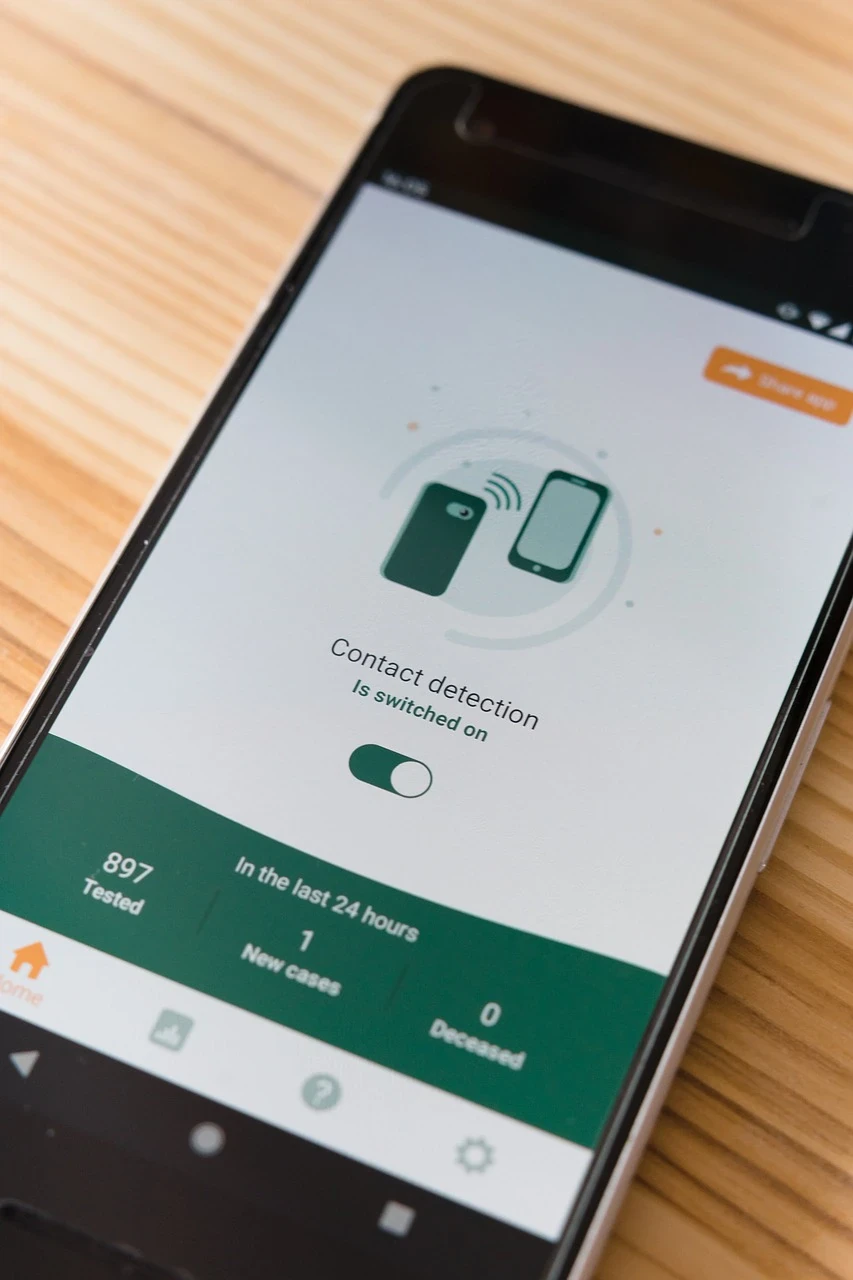
Conclusion
Spyware represents one of the fastest-growing digital threats to individual privacy. As technology advances, so do the techniques of cybercriminals. By staying informed, practicing safe digital habits, and keeping your devices updated, you can significantly reduce your exposure to spyware attacks. Protecting privacy is no longer optional—it’s a fundamental part of modern digital life.
































